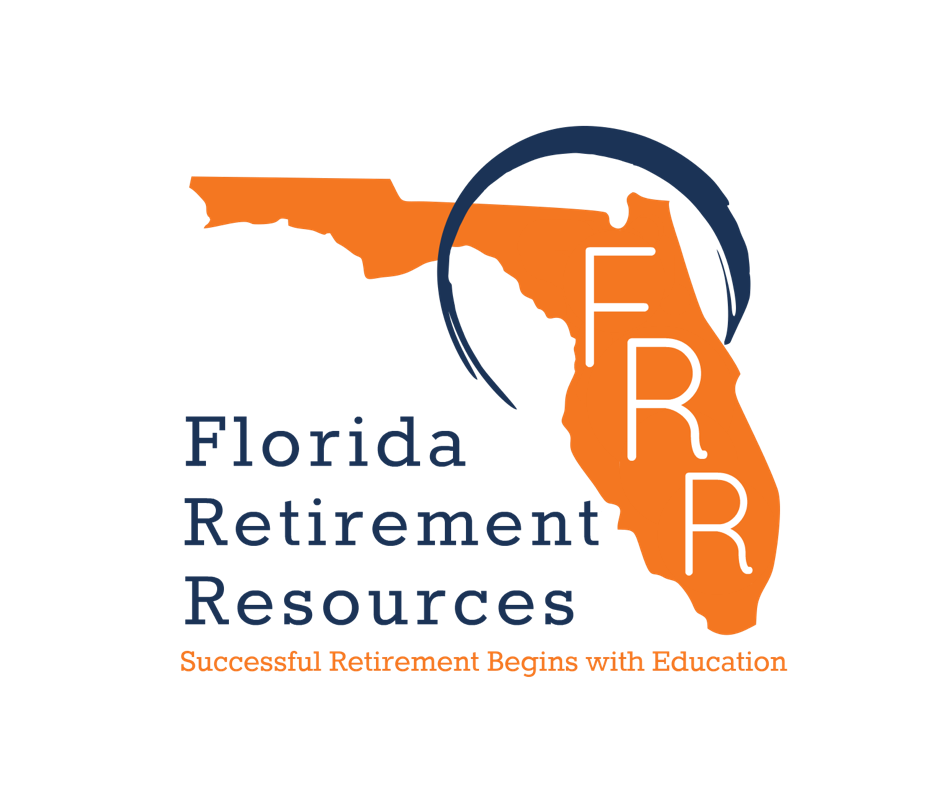What Is An RMD?
Required Minimum Distributions, commonly referred to as RMD's, are mandatory annual withdrawals for retirees from their retirement accounts. They are often a topic of concern for pre-retirees, especially towards the end of the year. The basics of how RMD's work will be our topic today.
So who has to take an RMD, and what accounts require these annual distributions? Typically, anyone who reaches the age of RMD based on their date of birth will have to take RMD's after either age 701/2or age 72. The following plans are the most common accounts where you may find a distribution is required:
- 401(k) plans
- 403(b) plans
- 457(b) plans
- Profit sharing plans
- Defined contribution plans
- Traditional IRAs
- SEP IRAs
- SIMPLE IRAs
When do you have to start taking an RMD? When you begin to take an RMD will depend on your date of birth, and also the type of retirement account you are taking the RMD from. The differences are listed below:
- Traditional, SEP, and SIMPLE IRAsrequire you to start taking RMD's on April 1st of the year after you reach age 701/2if you were born before July 1st, 1949. If you were born after June 30th of 1949, then you must start taking RMD's April 1st of the year after you reach age 72.
- 403(b) plans, 401(k) plans, profit sharing plans, and other defined contribution plansalso usually require you to start taking RMD's after age 72 or 701/2depending on your date of birth. The difference with these accounts and IRA's i in many employer plan accounts you can avoid taking an RMD if you continue to work past the date you should begin taking an RMD. Instead, you are able to delay taking a distribution from your employer plan account until retirement.
What happens if I forget to take my RMD? Forgetting to take an RMD can be costly, and you must remember that you are responsible to satisfy your RMD each year. You may receive a reminder from the custodian of your plan, but taking the distribution will be up to you. If you do forget to take an RMD, the IRS can issue a penalty of 50% of your RMD amount for that year. That being said, if you do happen to forget and you quickly correct the error and satisfy the RMD it is possible the penalty can be waived via a request on your tax return.
If you have questions about taking an RMD from one of your retirement accounts, we would be happy to help. Contact us and schedule an appointment with one of our financial professionals now.




